

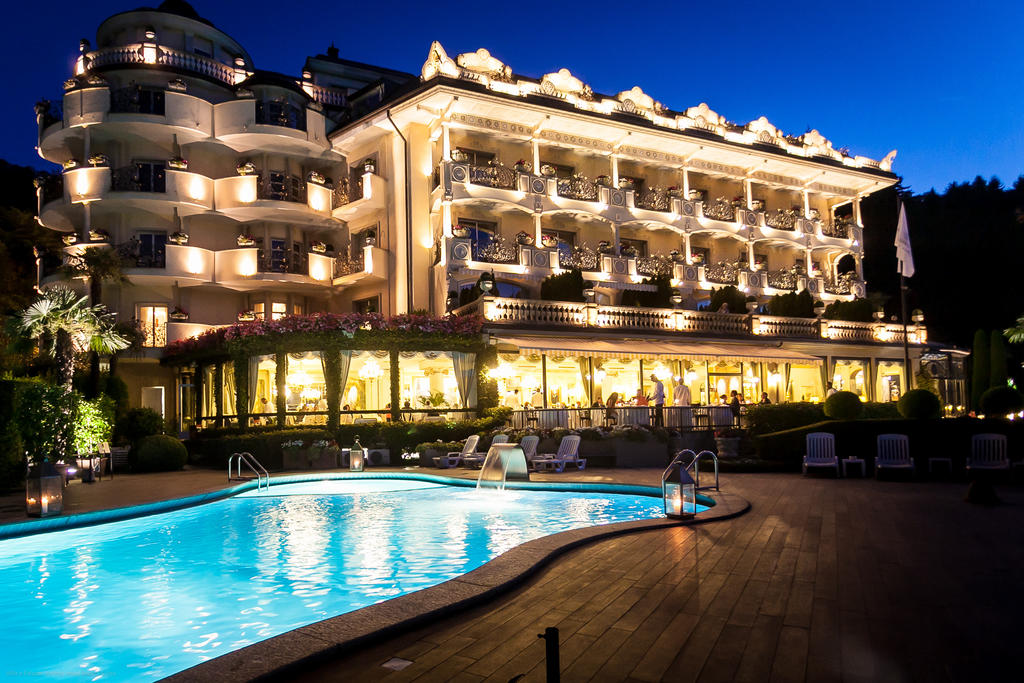



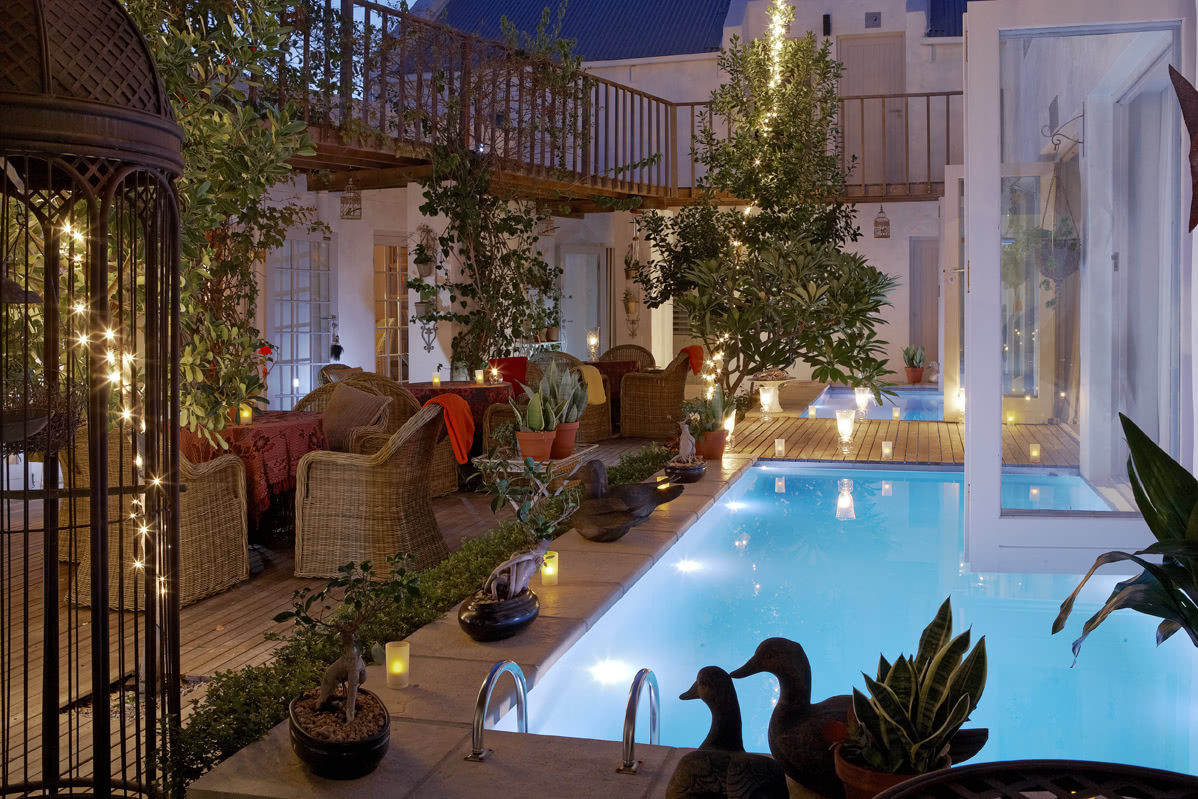
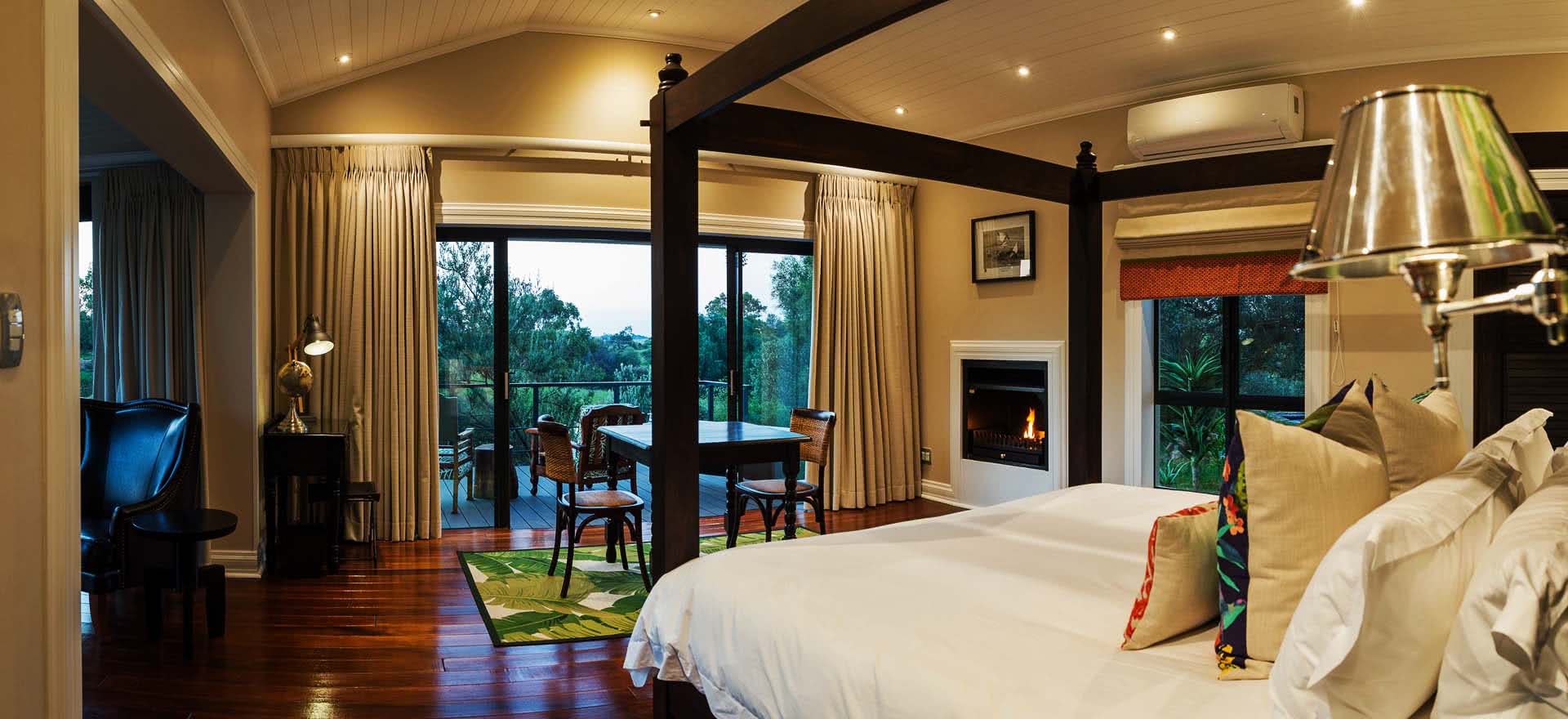
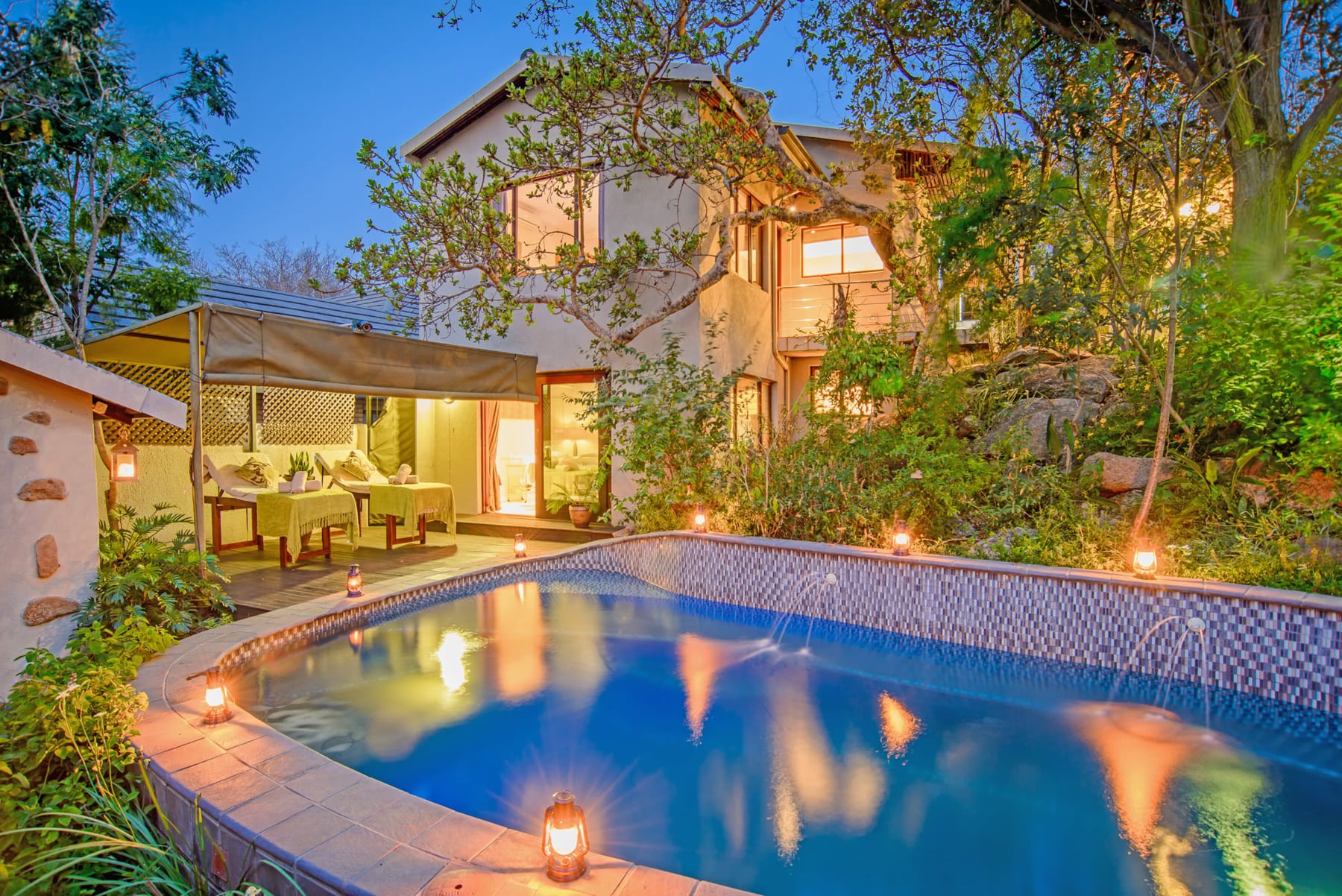




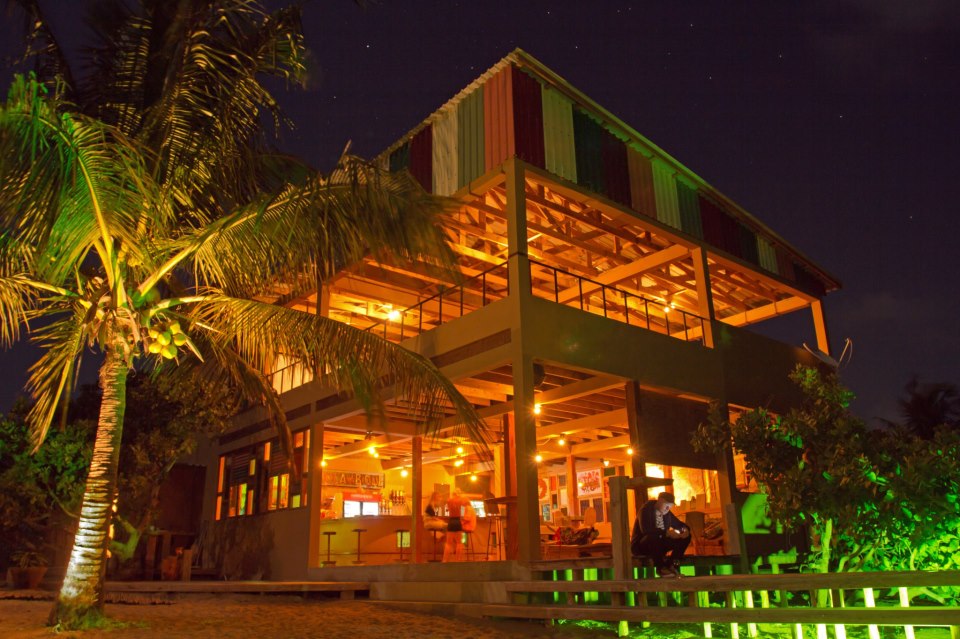




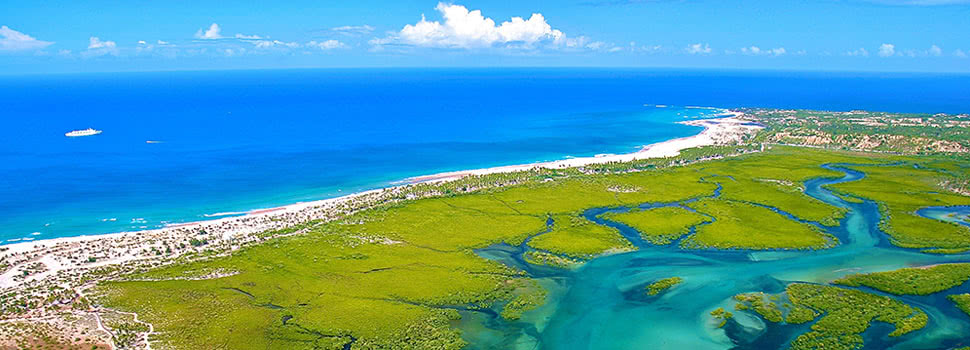
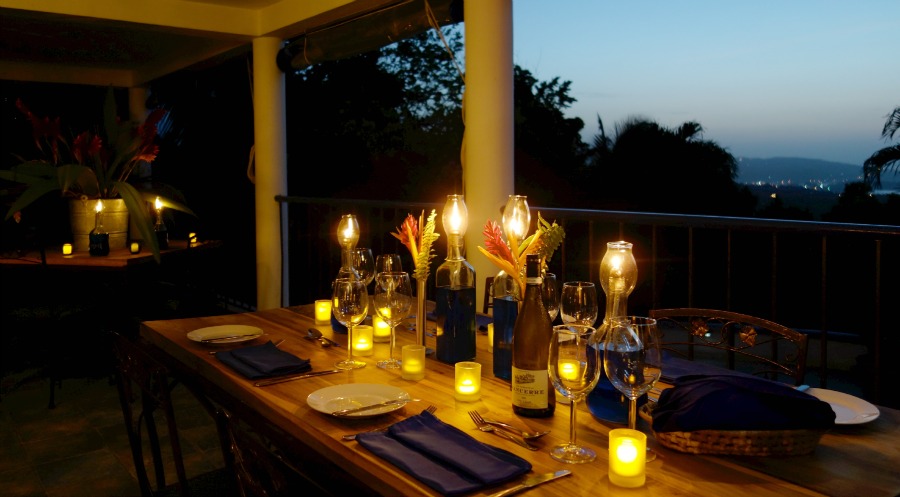



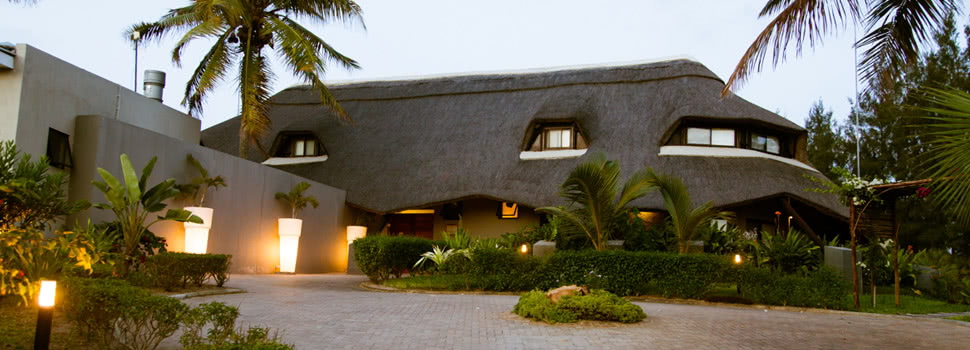



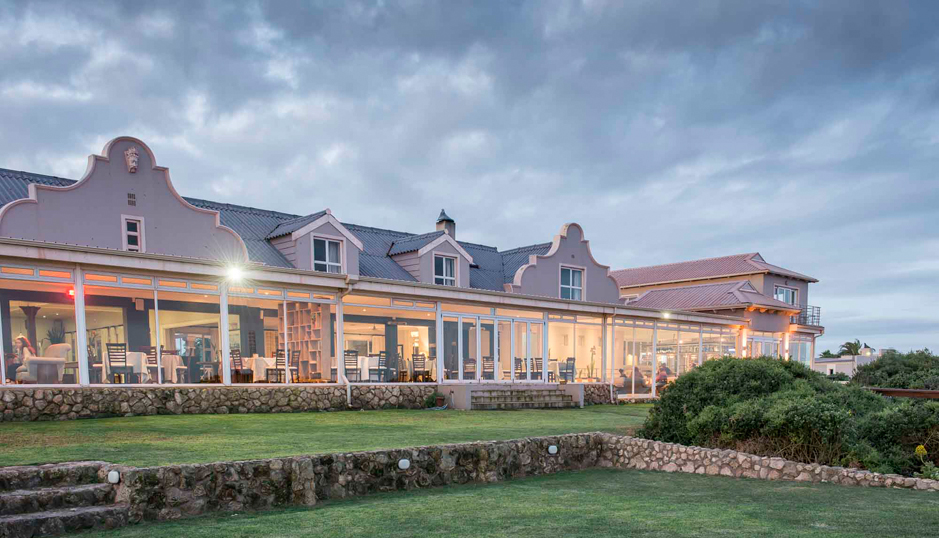


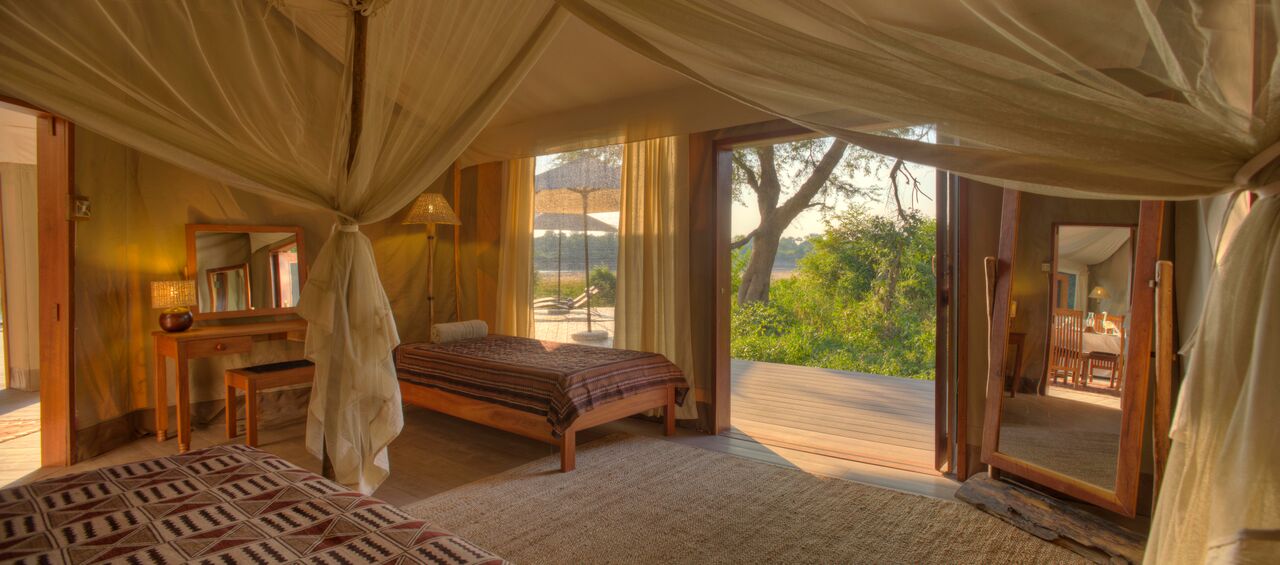


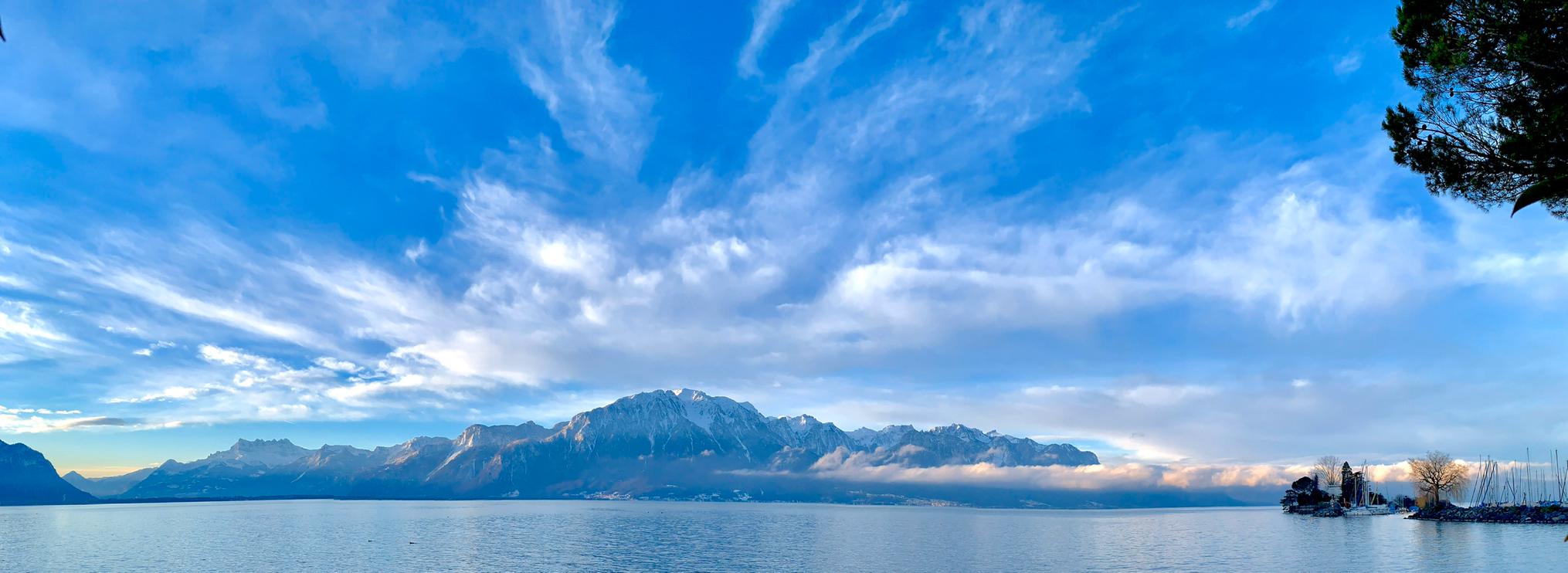


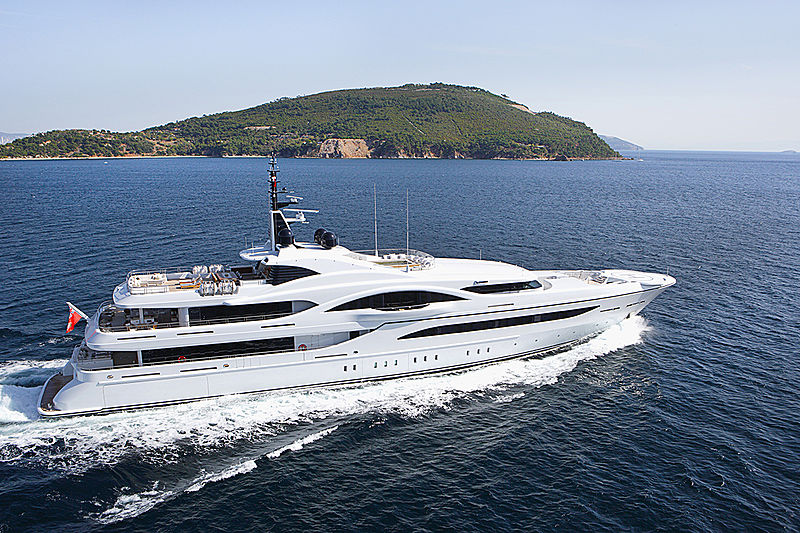














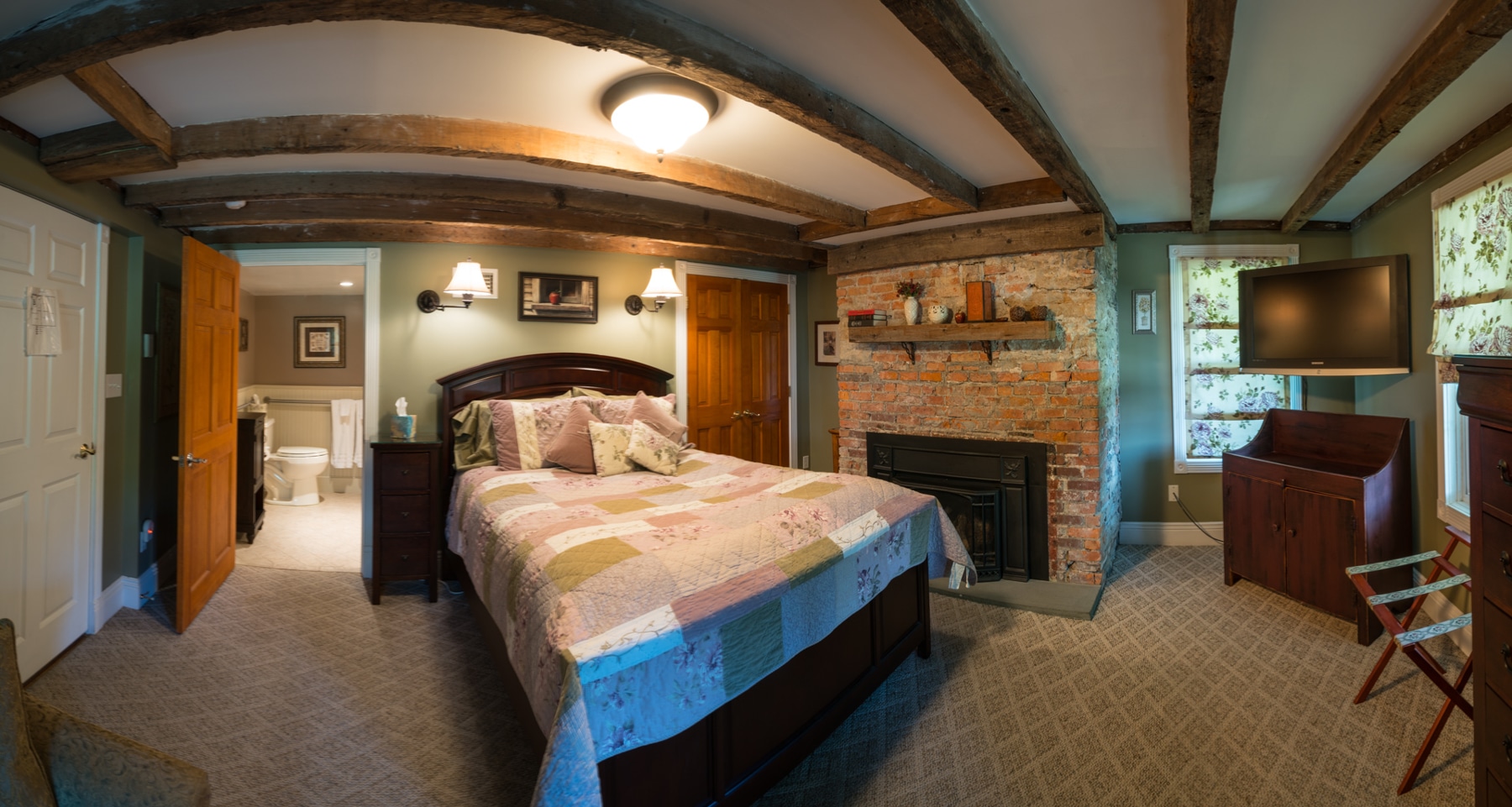






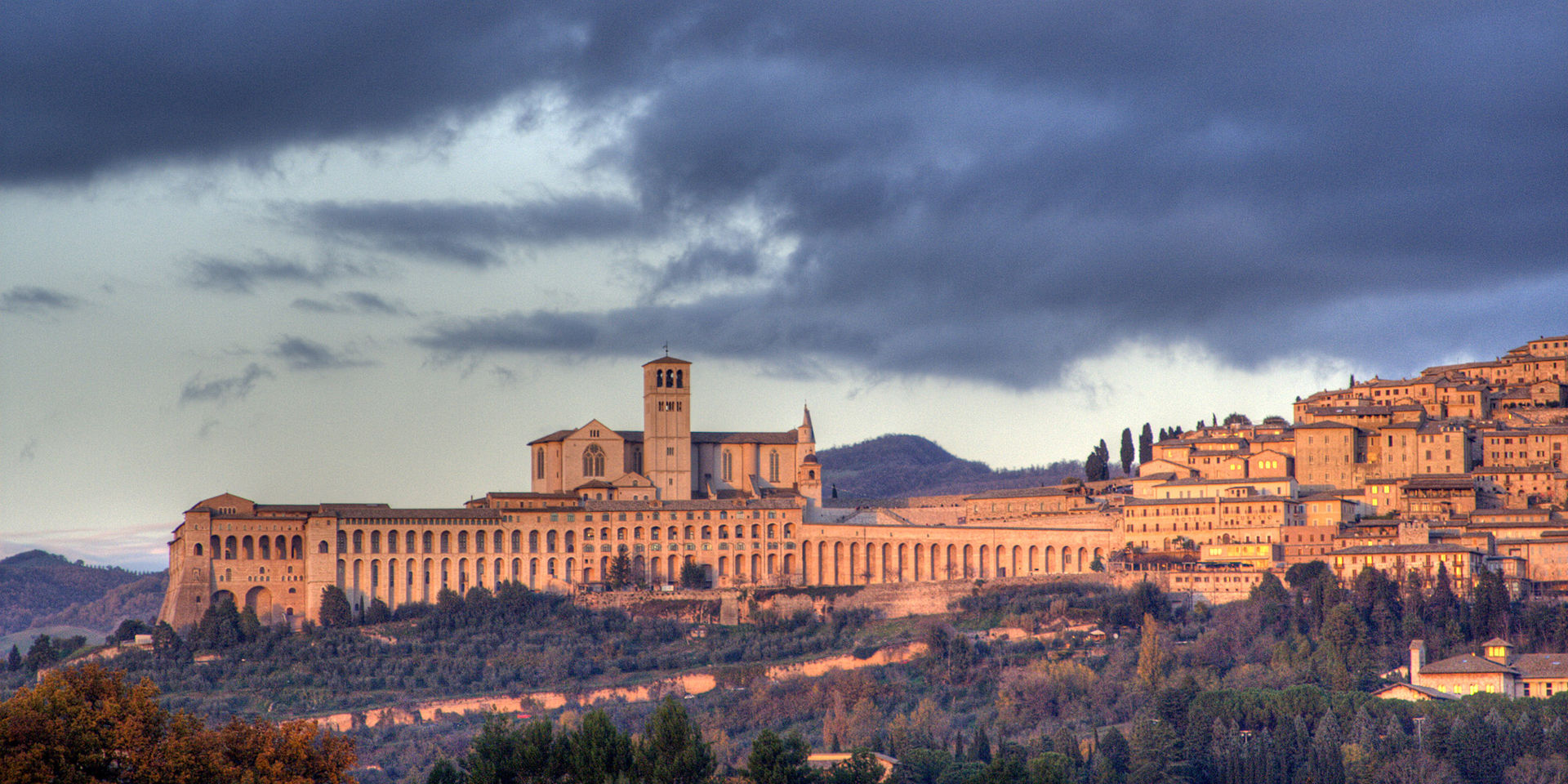
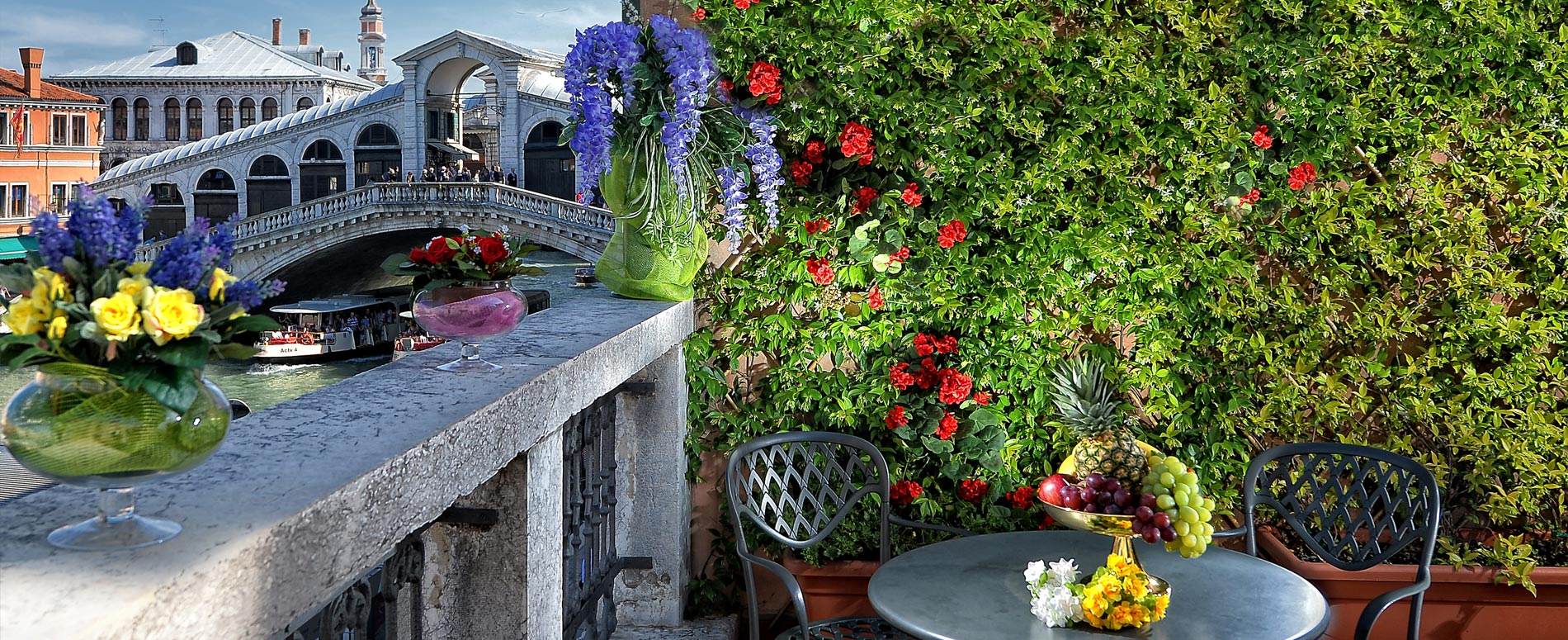








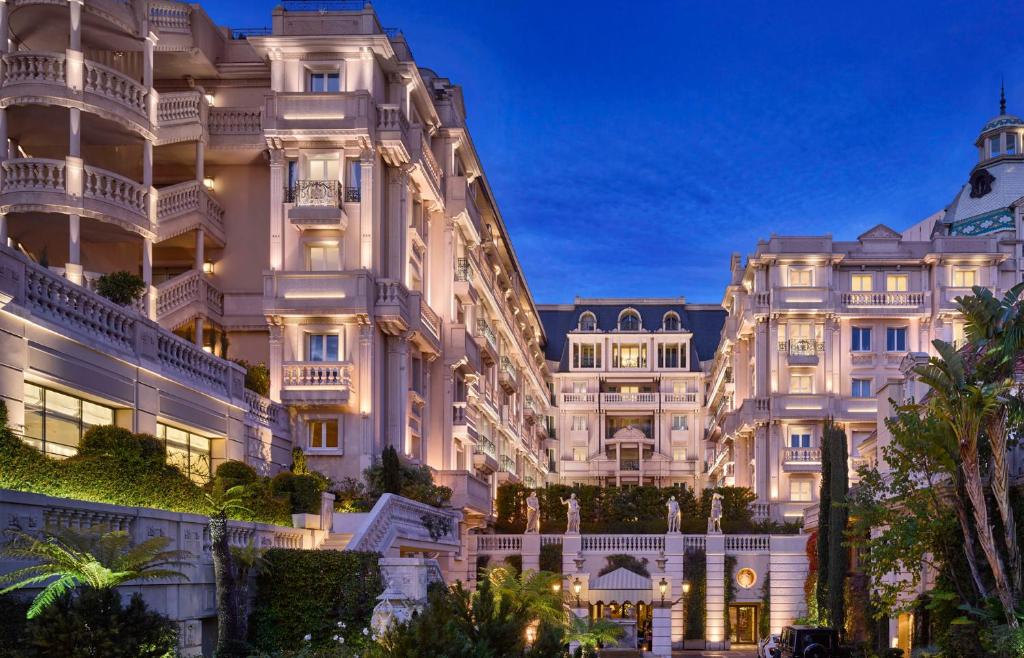

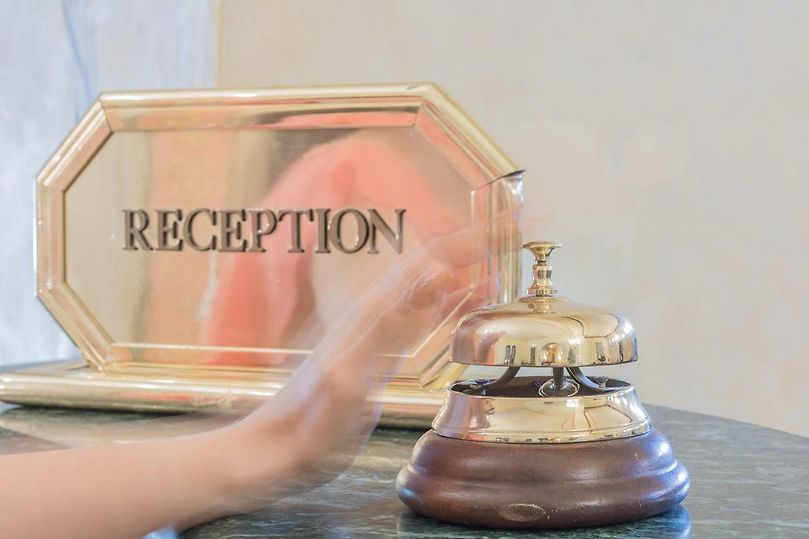
Rome, Italy
Agent: Cliff Jacobs - Operations Director - South Africa & Africa - EC Mobility
Agent Cellphone: +27 (0) 84 413 1071
Agent Office Number: +27 (0) 21 554 0283
Agent Email Address: Cliff.jacobs@ecmobility.hk
Type: Hotel
Bedrooms: 119
Bathrooms: 119
Showers: 119
Parking: 130
Yield: Not Disclosed
TGCSA Rating:

Rome
Rome is the capital city of Italy and a specia comune. Rome also serves as the capital of the Lazio Region. With 2,868,782 residents in 1,285 km2 (496.1 sq mi), it is also the country's most populated comune. It is the fourth-most populous city in the European Union by population within city limits. It is the centre of the Metropolitan City of Rome, which has a population of 4.3 million residents. Rome is located in the central-western portion of the Italian Peninsula, within Lazio (Latium), along the shores of the Tiber. The Vatican City (the smallest country in the world) is an independent country inside the city boundaries of Rome, the only existing example of a country within a city: for this reason Rome has been often defined as capital of two states.
Rome's history spans 28 centuries. While Roman mythology dates the founding of Rome at around 753 BC, the site has been inhabited for much longer, making it one of the oldest continuously occupied sites in Europe. The city's early population originated from a mix of Latins, Etruscans, and Sabines. Eventually, the city successively became the capital of the Roman Kingdom, the Roman Republic and the Roman Empire, and is regarded as the birthplace of Western civilization and by some as the first ever metropolis. It was first called The Eternal City by the Roman poet Tibullus in the 1st century BC, and the expression was also taken up by Ovid, Virgil, and Livy. Rome is also called the "Caput Mundi" (Capital of the World). After the fall of the Western Empire, which marked the beginning of the Middle Ages, Rome slowly fell under the political control of the Papacy, which had settled in the city since the 1st century AD, until in the 8th century it became the capital of the Papal State, which lasted until 1870. Beginning with the Renaissance, almost all the popes since Nicholas V (1447–1455) pursued over four hundred years a coherent architectural and urban programme aimed at making the city the artistic and cultural centre of the world. In this way, Rome became first one of the major centres of the Italian Renaissance and then the birthplace of both the Baroque style and Neclassicism. Famous artists, painters, sculptors and architects made Rome the centre of their activity, creating masterpieces throughout the city. In 1871, Rome became the capital of the Kingdom of Italy, which, in 1946, became the Italian Republic.
Rome has the status of a global city. In 2016, Rome ranked as the 14th-most-visited city in the world, 3rd most visited in the European Union, and the most popular tourist attraction in Italy. Its historic centre is listed by UNESCO as a World Heritage Site. Monuments and museums such as the Vatican Museums and the Coloisseum are among the world's most visited tourist destinations with both locations receiving millions of tourists a year, and the city hosted the 1960 Summer Olympics. Rome is the seat of several specialized agencies of the United Nations, such as the Food and Agriculture Organization (FAO), the World Food Programme (WFP) and the International Fund for Agricultural Development (IFAD). The city hosts the headquarters of many international business companies, such as Eni, Enel, TIM, Leonardo S.p.A, and national and international banks such as UNICREDIT AND BNL. Its business district, called EUR, is the base of many companies involved in the oil industry, the pharmaceutical industry, and financial services. Rome is also an important fashion and design centre thanks to renowned international brands centered in the city. Rome's Cinecitta Studios have been the set of many Academy Award–winning movies.
Etymology
According to the Ancient Romans' founding myth, the name Roma came from the city's founder and first king, Romulus.
However, it is possible that the name Romulus was actually derived from Rome itself. As early as the 4th century, there have been alternative theories proposed on the origin of the name Roma. Several hypotheses have been advanced focusing on its linguistic roots which however remain uncertain:
From Rumon or Rumen, archaic name of the Tiber, which in turn is supposedly related to the Greek verb ῥέω (rhéō) 'to flow, stream' and the Latin verb ruō 'to hurry, rush';
From the Etruscan word 𐌓𐌖𐌌𐌀 (ruma), whose root is *rum- "teat", with possible reference either to the totem wolf that adopted and suckled the cognately named twins Romulus and Remus, or to the shape of the Palatine and Aventine Hills;
From the Greek word ῥώμη (rhṓmē), which means strength.
Earliest History
While there have been discoveries of archaeological evidence of human occupation of the Rome area from approximately 14,000 years ago, the dense layer of much younger debris obscures Palaeolithic and Neolithic sites. Evidence of stone tools, pottery, and stone weapons attest to about 10,000 years of human presence. Several excavations support the view that Rome grew from pastoral settlements on the Palatine Hill built above the area of the future Roman Forum. Between the end of the Bronze Age and the beginning of the Iron Age, each hill between the sea and the Capitol was topped by a village (on the Capitol Hill, a village is attested since the end of the 14th century BC). However, none of them yet had an urban quality. Nowadays, there is a wide consensus that the city developed gradually through the aggregation ("synoecism") of several villages around the largest one, placed above the Palatine. This aggregation was facilitated by the increase of agricultural productivity above the subsistence level, which also allowed the establishment of secondary and tertiary activities. These, in turn, boosted the development of trade with the Greek colonies of southern Italy (mainly Ischia and Cumae). These developments, which according to archaeological evidence took place during the mid-eighth century BC, can be considered as the "birth" of the city. Despite recent excavations at the Palatine hill, the view that Rome was founded deliberately in the middle of the eighth century BC, as the legend of Romulus suggests, remains a fringe hypothesis.
Legend of the founding of Rome
Traditional stories handed down by the ancient Romans themselves explain the earliest history of their city in terms of legend and myth. The most familiar of these myths, and perhaps the most famous of all Roman myths, is the story of Romulus and Remus, the twins who were suckled by a she-wolf. They decided to build a city, but after an argument, Romulus killed his brother and the city took his name. According to the Roman annalists, this happened on 21 April 753 BC. This legend had to be reconciled with a dual tradition, set earlier in time, that had the Trojan refugee Aeneas escape to Italy and found the line of Romans through his son Iulus, the namesake of the Julio-Claudian dynasty. This was accomplished by the Roman poet Virgil in the first century BC. In addition, Strabo mentions an older story, that the city was an Arcadian colony founded by Evander. Strabo also writes that Lucius Coelius Antipater believed that Rome was founded by Greeks.
Monarchy and republic
After the foundation by Romulus according to a legend, Rome was ruled for a period of 244 years by a monarchical system, initially with sovereigns of Latin and Sabine origin, later by Etruscan kings. The tradition handed down seven kings: Romulus, Numa Pompilius, Tullus Hostilius, Ancus Marcius, Tarquinius Priscus, Servius Tullius and Lucius Tarquinius Superbus.
In 509 BC, the Romans expelled the last king from their city and established an oligarchic republic. Rome then began a period characterised by internal struggles between patricians (aristocrats) and plebeians (small landowners), and by constant warfare against the populations of central Italy: Etruscans, Latins, Volsci, Aequi, and Marsi. After becoming master of Latium, Rome led several wars (against the Gauls, Osci-Samnites and the Greek colony of Taranto, allied with Pyrrhus, king of Epirus) whose result was the conquest of the Italian peninsula, from the central area up to Magna Graecia.
The third and second century BC saw the establishment of Roman hegemony over the Mediterranean and the Balkans, through the three Punic Wars (264–146 BC) fought against the city of Carthage and the three Macedonian Wars (212–168 BC) against Macedonia. The first Roman provinces were established at this time: Sicily, Sardinia and Corsica, Hispania, Macedonia, Achaea and Africa.
From the beginning of the 2nd century BC, power was contested between two groups of aristocrats: the optimates, representing the conservative part of the Senate, and the populares, which relied on the help of the plebs (urban lower class) to gain power. In the same period, the bankruptcy of the small farmers and the establishment of large slave estates caused large-scale migration to the city. The continuous warfare led to the establishment of a professional army, which turned out to be more loyal to its generals than to the republic. Because of this, in the second half of the second century and during the first century BC there were conflicts both abroad and internally: after the failed attempt of social reform of the populares Tiberius and Gaius Gracchus, and the war against Jugurtha, there was a civil war from which the general Sulla emerged victorious. A major slave revolt under Spartacus followed, and then the establishment of the first Triumvirate with Caesar, Pompey and Crassus.
The conquest of Gaul made Caesar immensely powerful and popular, which led to a second civil war against the Senate and Pompey. After his victory, Caesar established himself as dictator for life. His assassination led to a second Triumvirate among Octavian (Caesar's grandnephew and heir), Mark Antony and Lepidus, and to another civil war between Octavian and Antony.[35]
In 27 BC, Octavian became princeps civitatis and took the title of Augustus, founding the principate, a diarchy between the princeps and the senate. During the reign of Nero, two thirds of the city was ruined after the Great Fire of Rome, and the persecution of Christians commenced. Rome was established as a de facto empire, which reached its greatest expansion in the second century under the Emperor Trajan. Rome was confirmed as caput Mundi, i.e. the capital of the known world, an expression which had already been used in the Republican period. During its first two centuries, the empire was ruled by emperors of the Julio-Claudian, Flavian (who also built an eponymous amphitheatre, known as the Colosseum), and Antonine dynasties. This time was also characterised by the spread of the Christian religion, preached by Jesus Christ in Judea in the first half of the first century (under Tiberius) and popularised by his apostles through the empire and beyond. The Antonine age is considered the zenith of the Empire, whose territory ranged from the Atlantic Ocean to the Euphrates and from Britain to Egypt.
After the end of the Severan Dynasty in 235, the Empire entered into a 50-year period known as the Crisis of the Third Century during which there were numerous putsches by generals, who sought to secure the region of the empire they were entrusted with due to the weakness of central authority in Rome. There was the so-called Gallic Empire from 260 to 274 and the revolts of Zenobia and her father from the mid-260s which sought to fend off Persian incursions. Some regions – Britain, Spain, and North Africa – were hardly affected. Instability caused economic deterioration, and there was a rapid rise in inflation as the government debased the currency in order to meet expenses. The Germanic tribes along the Rhine and north of the Balkans made serious, uncoordinated incursions from the 250s-280s that were more like giant raiding parties rather than attempts to settle. The Persian Empire invaded from the east several times during the 230s to 260s but were eventually defeated.Emperor Diocletian (284) undertook the restoration of the State. He ended the Principate and introduced the Tetrarchy which sought to increase state power. The most marked feature was the unprecedented intervention of the State down to the city level: whereas the State had submitted a tax demand to a city and allowed it to allocate the charges, from his reign the State did this down to the village level. In a vain attempt to control inflation, he imposed price controls which did not last. He or Constantine regionalised the administration of the empire which fundamentally changed the way it was governed by creating regional dioceses (the consensus seems to have shifted from 297 to 313/14 as the date of creation due to the argument of Constantin Zuckerman in 2002 "Sur la liste de Verone et la province de grande armenie, Melanges Gilber Dagron). The existence of regional fiscal units from 286 served as the model for this unprecedented innovation. The emperor quickened the process of removing military command from governors. Henceforth, civilian administration and military command would be separate. He gave governors more fiscal duties and placed them in charge of the army logistical support system as an attempt to control it by removing the support system from its control. Diocletian ruled the eastern half, residing in Nicomedia. In 296, he elevated Maximian to Augustus of the western half, where he ruled mostly from Mediolanum when not on the move. In 292, he created two 'junior' emperors, the Caesars, one for each Augustus, Constantius for Britain, Gaul, and Spain whose seat of power was in Trier and Galerius in Sirmium in the Balkans. The appointment of a Caesar was not unknown: Diocletian tried to turn into a system of non-dynastic succession. Upon abdication in 305, the Caesars succeeded and they, in turn, appointed two colleagues for themselves.
After the abdication of Diocletian and Maximian in 305 and a series of civil wars between rival claimants to imperial power, during the years 306–313, the Tetrarchy was abandoned. Constantine the Great undertook a major reform of the bureaucracy, not by changing the structure but by rationalising the competencies of the several ministries during the years 325–330, after he defeated Licinius, emperor in the East, at the end of 324. The so-called Edict of Milan of 313, actually a fragment of a letter from Licinius to the governors of the eastern provinces, granted freedom of worship to everyone, including Christians, and ordered the restoration of confiscated church properties upon petition to the newly created vicars of dioceses. He funded the building of several churches and allowed clergy to act as arbitrators in civil suits (a measure that did not outlast him but which was restored in part much later). He transformed the town of Byzantium into his new residence, which, however, was not officially anything more than an imperial residence like Milan or Trier or Nicomedia until given a city prefect in May 359 by Constantius II; Constantinople.
Christianity in the form of the Nicene Creed became the official religion of the empire in 380, via the Edict of Thessalonica issued in the name of three emperors – Gratian, Valentinian II, and Theodosius I – with Theodosius clearly the driving force behind it. He was the last emperor of a unified empire: after his death in 395, his sons, Arcadius and Honorius divided the empire into a western and an eastern part. The seat of government in the Western Roman Empire was transferred to Ravenna after the Siege of Milan in 402. During the 5th century, the emperors from the 430s mostly resided in the capital city, Rome.[45]
Rome, which had lost its central role in the administration of the empire, was sacked in 410 by the Visigoths led by Alaric I, but very little physical damage was done, most of which were repaired. What could not be so easily replaced were portable items such as artwork in precious metals and items for domestic use (loot). The popes embellished the city with large basilicas, such as Santa Maria Maggiore (with the collaboration of the emperors). The population of the city had fallen from 800,000 to 450–500,000 by the time the city was sacked in 455 by Genseric, king of the Vandals. The weak emperors of the fifth century could not stop the decay, leading to the deposition of Romulus Augustus on 22 August 476, which marked the end of the Western Roman Empire and, for many historians, the beginning of the Middle Ages. The decline of the city's population was caused by the loss of grain shipments from North Africa, from 440 onward, and the unwillingness of the senatorial class to maintain donations to support a population that was too large for the resources available. Even so, strenuous efforts were made to maintain the monumental centre, the palatine, and the largest baths, which continued to function until the Gothic siege of 537. The large baths of Constantine on the Quirinale were even repaired in 443, and the extent of the damage exaggerated and dramatised. However, the city gave an appearance overall of shabbiness and decay because of the large abandoned areas due to population decline. The population declined to 500,000 by 452 and 100,000 by 500 AD (perhaps larger, though no certain figure can be known). After the Gothic siege of 537, the population dropped to 30,000 but had risen to 90,000 by the papacy of Gregory the Great. The population decline coincided with the general collapse of urban life in the West in the fifth and sixth centuries, with few exceptions. Subsidized state grain distributions to the poorer members of society continued right through the sixth century and probably prevented the population from falling further. The figure of 450,000–500,000 is based on the amount of pork, 3,629,000 lbs. distributed to poorer Romans during five winter months at the rate of five Roman lbs per person per month, enough for 145,000 persons or 1/4 or 1/3 of the total population. Grain distribution to 80,000 ticket holders at the same time suggests 400,000 (Augustus set the number at 200,000 or one-fifth of the population).
Geography
Location
Rome is in the Lazio region of central Italy on the Tiber (Italian: Tevere) river. The original settlement developed on hills that faced onto a ford beside the Tiber Island, the only natural ford of the river in this area. The Rome of the Kings was built on seven hills: the Aventine Hill, the Caelian Hill, the Capitoline Hill, the Esquiline Hill, the Palatine Hill, the Quirinal Hill, and the Viminal Hill. Modern Rome is also crossed by another river, the Aniene, which flows into the Tiber north of the historic centre.
Although the city centre is about 24 km (15 mi) inland from the Tyrrhenian Sea, the city territory extends to the shore, where the south-western district of Ostia is located. The altitude of the central part of Rome ranges from 13 m (43 ft) above sea level (at the base of the Pantheon) to 139 m (456 ft) above sea level (the peak of Monte Mario). The Comune of Rome covers an overall area of about 1,285 km2 (496 sq mi), including many green areas.
Topography
Throughout the history of Rome, the urban limits of the city were considered to be the area within the city's walls. Originally, these consisted of the Servian Wall, which was built twelve years after the Gaulish sack of the city in 390 BC. This contained most of the Esquiline and Caelian hills, as well as the whole of the other five. Rome outgrew the Servian Wall, but no more walls were constructed until almost 700 years later, when, in 270 AD, Emperor Aurelian began building the Aurelian Walls. These were almost 19 km (12 mi) long, and were still the walls the troops of the Kingdom of Italy had to breach to enter the city in 1870. The city's urban area is cut in two by its ring-road, the Grande Raccordo Anulare ("GRA"), finished in 1962, which circles the city centre at a distance of about 10 km (6 mi). Although when the ring was completed most parts of the inhabited area lay inside it (one of the few exceptions was the former village of Ostia, which lies along the Tyrrhenian coast), in the meantime quarters have been built which extend up to 20 km (12 mi) beyond it.
The comune covers an area roughly three times the total area within the Raccordo and is comparable in area to the entire metropolitan cities of Milan and Naples, and to an area six times the size of the territory of these cities. It also includes considerable areas of abandoned marshland which is suitable neither for agriculture nor for urban development.
As a consequence, the density of the comune is not that high, its territory being divided between highly urbanised areas and areas designated as parks, nature reserves, and for agricultural use.
Climate
Rome has a Mediterranean climate (Köppen climate classification: Csa), with hot, dry summers and mild, humid winters.
Its average annual temperature is above 21 °C (70 °F) during the day and 9 °C (48 °F) at night. In the coldest month, January, the average temperature is 12.6 °C (54.7 °F) during the day and 2.1 °C (35.8 °F) at night. In the warmest month, August, the average temperature is 31.7 °C (89.1 °F) during the day and 17.3 °C (63.1 °F) at night.
December, January and February are the coldest months, with a daily mean temperature of approximately 8 °C (46 °F). Temperatures during these months generally vary between 10 and 15 °C (50 and 59 °F) during the day and between 3 and 5 °C (37 and 41 °F) at night, with colder or warmer spells occurring frequently. Snowfall is rare but not unheard of, with light snow or flurries occurring on some winters, generally without accumulation, and major snowfalls on a very rare occurrence (the most recent ones were in 2018, 2012 and 1986).
The average relative humidity is 75%, varying from 72% in July to 77% in November. Sea temperatures vary from a low of 13.9 °C (57.0 °F) in February to a high of 25.0 °C (77.0 °F) in August.
About Us
The renovation project, which has entailed the assembling of the two 19th-century buildings, allowed it to be nominated one of the three best hotel projects in the world by the “Mipim Award 2009” in Cannes. The Hotel has been granted a Five Star Diamond award for three consecutive years until 2011, when it has been included in the Condé Nast Traveler list of the 101 most beautiful hotels in the world.
In 2014 it has won the World Luxury Hotel Awards.
At the entrance the original “Map of Rome” drawn in 1748 by Giovanni Battista Nolli, gives guests a warm “welcome” to Rome! It is a rare masterpiece, genuine icon of Rome’s History.
A location where the myth of Dolce Vita and timeless beauty hold hands, a few steps away from Piazza Barberini, Fontana di Trevi, Piazza di Spagna, and Villa Borghese.
The hotel boasts 119 rooms and suites decorated in an Italian Art Deco style of the 30s, readapted to the modern taste, constantly attentive to detail and meticulously focused on comfort.
The fine wood of the furniture is fruit of the mastery of the Artisans of Cantù.
On the walls there are exclusive photographic panels portraying the ruins and the monuments of Rome, shot by Francesco de Marzio, renowned international writer and photographer: they represent the “fragments of Rome”.
Love for art and excellent service naturally combine in this Hotel, thus resulting in a refined, welcoming and relaxing environment in the very heart of Rome.
Warm nuances and smooth lines of the decor and tapestry, inspired by the creations of Jacques-Emile Ruhlmann.
Personalized chandeliers in Murano glass, lamps made in Florence.
Travertine stairways with cast iron balustrades, the pavements in black granite and the crystal ceiling in the hall on which a veil of water flows on top.
All of this enriched by a collection of masterpieces of renowned artists such as Angeli, Baj, Burri, Carrà, Dalì, de Chirico, Guidi, Guttuso, Marino, Mirò, Nespolo, Picasso, Rotella, Schifano, that adorn the halls and the corridor where the rooms are located.
Accommodation
Classic
The refined style of the Ruhlmann furniture and the use of precious warm coloured-materials make the Superior the perfect place to be surrounded by a harmonious atmosphere: the perfectly soundproof walls covered with an exclusive “Art Déco” fabric and the bathroom finished in precious Carrara marble complete the elegance of the room.
The internal view guarantees the absolute privacy for a totally relaxing stay.
Size: 27/30 sq.m.
Occupancy: 2 guests
Bed type: 1 Queen Size
View
Cloister view
Amenities
Bathroom
Benefits
Classic Plus
The largest room of this category, with a separate studio furnished with a Ruhlmann style writing desk, the Superior Plus is located in one of the most quiet areas of the Hotel. With its walls covered with an exclusive “Art Déco” fabric, it offers, in addition to the comfortable Queen Size bed, a sofa bed, in order to accommodate a maximum of 3 guests, the double TV and a large design bathroom finished in precious Carrara marble with a bathtub: ideal for business trips.
Size: 32/42 sq.m.
Occupancy: 2/3 guests
Bed type: 1 Queen Size
Additional bed: 1 single sofa bed
View
Internal view with privacy
Amenities/Bathroom/Benefits as above
Deluxe
Ideal for a couple’s journey, this room can accommodate up to 2 guests. Perfectly soundproof, the harmonious and welcoming style of the Ruhlmann inspired furniture and the exclusive “Art Déco” fabric make the Deluxe room the ideal combination between space and elegance.
The large designer bathroom reflects the modern style and it is finished in precious Carrara marble; some rooms are equipped with a bathtub and a large separate shower.
Size: 31/38 sq.m.
Occupancy: 2 guests
Bed type: 1 King Size or 2 twin beds
View
Cloister view or internal view with privacy
Amenities
Bathroom/Benefits as above
Grand Deluxe Via Veneto
The Grand Deluxe via Veneto has one of the most suggestive views of the Hotel: the iconic via Veneto, famous worldwide for the movie “La Dolce Vita” by Federico Fellini, the roman ruins of Porta Pinciana (403 A.D.) and Villa Borghese from the highest floors.
The walls, perfectly soundproof, are covered with an exclusive “Art Déco” fabric and the designer bathroom is finished in precious Carrara marble with a bathtub or a large multifunctional shower.
The possibility of connecting both Grand Deluxe via Veneto rooms makes them a spacious, refined and welcoming accommodation for a unique and memorable stay intended for families or groups of friends travelling together.
Some Grand Deluxe via Veneto also have a Juliet balcony.
Size: 31/39 sq.m.
Occupancy: 2 guests
Bed type: 1 King Size or 2 twin beds
View
External view, overlooking the iconic via Veneto
Amenities
Bathroom/Benefits as above
Junior Suite
Elegant yet modern, and perfectly soundproofed, the Junior Suite consists of a large sleeping area with a sofa, a desk and a dining table with comfortable chairs in the Ruhlmann style.
A wide dressing room and a large design bathroom finished in precious Carrara marble with bathtub or with bathtub and separate shower complete the comfort for demanding guests.
The Junior Suite can communicate, subject to availability, with the Open Suite via Veneto, thus offering a special accommodation for families or friends traveling together.
Size: 41/50 sq.m.
Occupancy: 3 guests
Bed type: 1 King Size or 2 twin beds
Additional bed: 1 Queen size sofa bed
View
External view, overlooking the historic via Sicilia or internal view with privacy.
Amenities
Bathroom/Benefits as above
Open Suite
Overlooking the historic via Sicilia, the Open Suite is an example of incomparable elegance and comfort . The perfectly soundproof walls, the refined and modern furniture, the precious “Art Déco” fabric, the large design bathroom in precious Carrara marble with shower and separate bathtub and the wide spaces able to accommodate up to 4 guests, make the Open Suite the perfect accommodation for families or groups of friends traveling together.
Size: 47/50 sq.m.
Occupancy: 2/4 guests
Bed type: 1 King Size or twin beds
Additional bed: 1 sofa bed
View
External view, overlooking the historic via Sicilia
Amenities
Bathroom/Benefits as above
Open Suite Via Veneto
Overlooking the iconic via Veneto, the luxurious via Veneto Suite is a spacious accommodation characterized by the elegant and refined style of the furniture and by perfectly soundproof walls covered with an exclusive “Art Déco” fabric.
The large design bathroom finished in precious Carrara marble with bathtub and the dining table complete its elegance.
Perfect for guests who prefer large accommodations and also for families or groups of friends traveling together.
Size: 40/50 sq.m.
Occupancy: 4 guests
Bed type: 1 King Size or 2 twin beds
Additional bed: 1 Queen Size sofa bed
View
External view overlooking the iconic via Veneto
Amenities
Bathroom/Benefits as above
Corner Suite
Among one of the most sought-after Suites of the Hotel, the Corner Suite enjoys a truly unique corner position between the iconic via Veneto and the historic via Sicilia.
It is divided into two different areas: sleeping and living with armchairs and sofas that, if necessary, can be converted into comfortable beds.
Some Corner suites also have a Juliet balcony.
Size: 58/65 sq.m.
Occupancy: 4 guests
Bed type: 1 King Size
Additional bed: 1 King Size sofa bed
View
External view, overlooking the iconic via Veneto at the corner with via Sicilia.
Amenities
Bathroom/Benefits as above
Star Suite
Located at the top floor, it is composed of a living room with sofa bed and a spacious sleeping area, with a skylight above the bed, from which guests can admire the sparkling starry Roman sky.
The bathroom finished in precious Carrara marble and large multifunctional shower, the perfectly soundproof walls covered with an exclusive “Art Déco” fabric, the Ruhlmann writing desk and the walk-in closet give the Star Suite an unique elegance.
The private and furnished terrace offers the possibility to sunbathe during the warm season or to have breakfast or a candlelight dinner: a romantic dream perfect for a married couple.
Size: 66 sq.m. (+ 40 sq.m. of private terrace)
Occupancy: 4 guests
Bed type: 1 King Size
Additional bed: 1 King Size sofa bed
View
Internal view with private terrace
Amenities
Bathroom/Benefits as above
Penthouse
It’s a hymn to art: the masterpieces created by Rabarama, a roman internationally renowned painter and sculptor, and the breath-taking view from the immense terrace overlooking the iconic via Veneto, make the Penthouse Suite a unique place to spend an memorable holiday in the eternal city.
An exceptional journey in the “Art Déco”, sofas in “Rubelli” fabric, perfectly soundproof walls covered with an exclusive “Art Déco” fabric, “Hermès” limited edition sofas and the large design bathroom finished in precious Carrara marble with bathtub and multifunctional separate shower ensure a welcoming and memorable stay.
Size: 86/95 sq.m. (+ 90/110 sq.m. of private terrace)
Occupancy: 4 guests
Bed type: 1 King Size
Additional bed: 2 King Size sofa beds
View
External view, overlooking the iconic via Veneto and the roman ruins of Porta Pinciana (403 A.D.)
Amenities
Bathroom/Benefits as above
Royal Suite
Born from two communicating Penthouse Suites, the Royal Suite is composed of two bedrooms, a studio with a sofa bed and a writing desk, four large design bathrooms entirely finished in precious Carrara marble and a Turkish bath; the walls are perfectly soundproof and covered with an exclusive “Art Déco” fabric.
The extraordinary terrace, with a surface of almost 250 sq.m., is elegantly furnished and has a touching panorama on the iconic via Veneto, Porta Pinciana, the roman walls and Villa Borghese and it can be connected to the grill area also for private parties.
The Royal Suite is the most impressive area of the Hotel and it reflects its style with hand-made furniture in “Art Déco” style, inspired to Ruhlmann creations but with a modern and functional twist in ebony, rosewood and mahogany.
The dining room and the large living rooms with sofas in “Rubelli” fabric and “Hermès” limited edition armchairs lead to a unique experience.
It is possible to equip the Royal Suite with a private Jacuzzi area of 25 sq.m. to make the experience memorable.
Size: 181 sq.m. (+ 200 sq.m. of private terrace)
Occupancy: 8 guests
Bed type: 2 King-Sized beds
Additional beds: 2 king size sofas bed
View
External view overlooking the iconic via Veneto and the roman ruins of Porta Pinciana (403 A.D.).
Amenities
Bathroom/Benefits as above
Dining
Magnolia
Inside the hotel, with its independent access in via Sicila, the "Magnolia" restaurant enchants at first sight for the opulence of its entry.
Crossing the threshold of the 19th century’s door it is conducted in a tunnel, whose walls covered in black marble are enhanced by a film of water and the changing lights. The tunnel leads to the beautiful original cloister in “sanpietrino”, ideal for outdoor dining and enjoy the light of Rome.
In the indoor dining area you will be welcomed by luxurious golden walls finely crafted and polished wood floors.
Time
Awarded “Bar d’Italia” (Best Bar in Italy) by the “Gambero Rosso” guide, which ever since its opening has been placed amongst the best bars in Rome, the Time Restaurant & Wine Bar is the ideal spot for aperitifs, fine dining, social events, in the center of the Roman Dolce Vita. It is open all day long, and is equipped with a separate entrance from the Hotel; it is a well-known spot also for business clients and is renowned for its Italian specialties. Here guests may enjoy a wide selection of cocktails and wines, by choosing from one of the most complete drink lists of the world, and relax at the bar, real artwork, located on the exact opposite side from the lounge hall.
Room Service
Start the day with a traditional Continental breakfast, treat yourself with a little break and delicious snacks during the day or experience a luxury dinner after a long day of sightseeing and shopping.
The Room Service offers a culinary fine dining experience with the comfort and intimacy of your guest room or suite.
Choose from an extensive selection – day or night – ideal for relaxing and refreshing, for improvised meetings or private dinner.
Meetings & Events
With its multitude of elegantly refined areas, both inside and outside, Grand Hotel Via Veneto is the perfect location for organizing work meetings, events and private dinners. The meeting halls have free Wi-Fi internet connection, projectors, projector screens, microphones and overhead projectors. Moreover, we also supply platforms, personal signage, dedicated conference coordinator, and technical assistance.
Our Meeting Rooms
Sala Ruhlmann – A wide private hall that can accommodate up to 80 people with a theatre setup.
Sala Burri – Ideal for a business meeting, it can accommodate up to 10 people.
Saletta de Chirico – Can accommodate up to 12 people, for meetings and private lunches. It is provided with an ample selection of books on Rome as well as Italian and foreign magazines and national and international newspapers.
Terrace and panoramic garden – A splendid terrace with a magical view on Rome, ideal during the summertime, for weddings and private exclusive events; can accommodate hundreds of people.
Business Center Nespolo – An elegant room that provides guests with PC workstations, printers, faxes, photocopiers and internet access, open to all Hotel Guests, with paintings of the Master Nespolo hanging on the walls portraying all of the major capital cities of Europe.







































































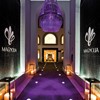














Cliff Jacobs (Nat Dpl Hotel Man (UJ). MPRE. GA Level 5 TEFL) Managing Principal / CEO Exquisite Hotel Consultants (Pty) Ltd Mobile: +27 (0) 84 413 1071 / +27 (0) 61 716 6951 Landline: +27 (0) 21 554 0283 Email: cliff@exquisitehotelconsultants.com Web: https://www.exquisitehotelconsultants.com C/o Sybelstrasse 69 10629 Berlin GERMANY © All rights reserved Terms and Conditions apply Scroll down to view our Hospitality Properties and Businesses for sale or lease or lease-to-buy or partnership arrangement or management agreement arrangement
